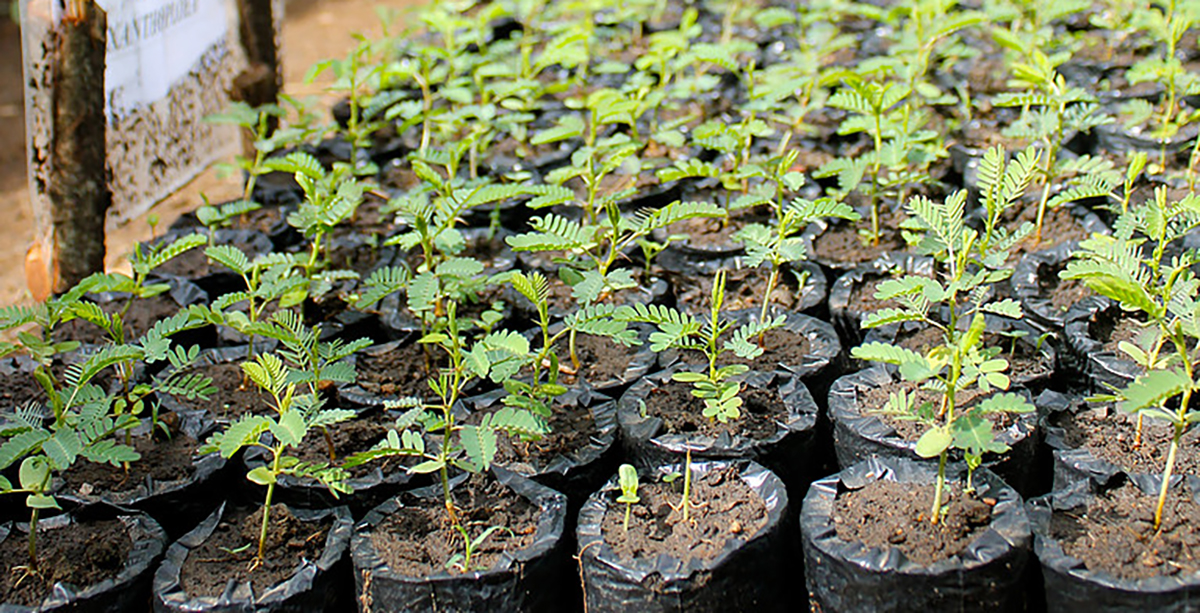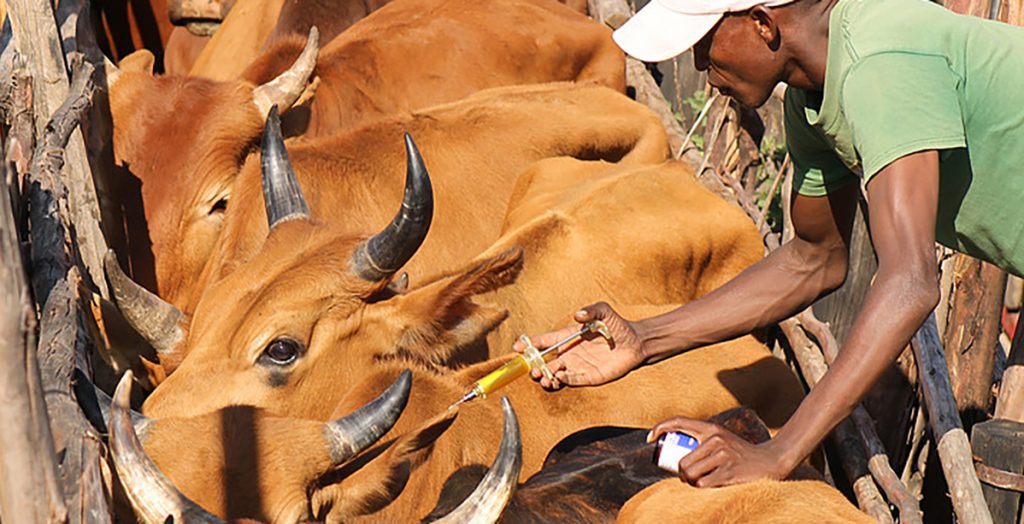As a result of our fundraiser for Enonkishu Conservancy at Goodwood last year, we raised nearly 90 thousand USD.
Enonkishu is a 6,000-acre ranch located between the Maasai Mara and the farmlands northwards. You can read more about the history and ecology of Enonkishu here, but in short, in 2000, Tarquin and Lippa Wood came to the area to start a farm growing beans and maize. This lasted about 10 years before they realised that conservation and tourism was a better use of the land and, in the long run, would have a greater benefit on both the ecology and the communities within the area.
Now it acts as a buffer zone between the wilds of the Mara, which holds roughly 25% of the country’s wildlife and the farmland to the north.
In a recent blog, Ana Giovanetti highlights the historical ecological relationships between grazers and the land here before humans were sedentary: the perfect balance, she explained, was when herbivores pruned stale growth and their faeces put nutrients and seeds back into the soil – a recipe for strong vegetation structure and diversity. If herbivores thrived too much, so too would carnivores and vice versa. Once carnivores became too numerous, herbivores would dwindle and so forth. A natural order of play.
Since then, due to an increase in fences and human development causing habitat fragmentation, wild grazers can’t react to resource availability like they once did. Instead of moving from one place to another, giving the soil and vegetation a chance to regenerate, they intensely graze the same land all year around. Present-day cattle of pastoralist farmers add to the pressure on the land. Not only does this degrade the health of the vegetation and in the long run contribute to desertification, it also makes for increased soil erosion and the land less able to act as a carbon sink.
Enonkishu’s model allows space between humans, livestock and wildlife to be shared, leading to peaceful co-existence. The ongoing aim is to use methods that regenerate grass, prevent soil erosion and preserve the wildlife, which would benefit humans and wildlife. Being able to carry out scientific surveys and studies of the area is a useful byproduct and so too are discerning, conservation-minded travellers that visit, which in turn helps to fund the projects and provides land owners and lease-holders in the area with a significant income.
When looking at this small 6,000-acre plot, there is a lot to be hopeful for. For an overview and historic progress reports, you’re best off either visiting the Enonkishu website or giving us a call. If you know it all already and are keen for an update, the following is a (very) brief synopsis of what happened in the last quarter.
- Wild dogs were observed in October and December on the conservancy boundary and into Ol Chorro Conservancy. These sightings have consistently increased in the last few years from four in 2017 to 16 in 2018.
- The third annual northern Mara Vaccination Campaign vaccinated 418 animals, despite muddy conditions and low veterinarian turnout. Volunteers coming in to the conservancy are invaluable when veterinarian numbers are low.
- Enonkishu Stakeholder Company (ESCo) was established in February. Hiring herders that are directly employed by ESCo has significantly increased the number of herders that adhere to the grazing plan. This has made a large difference in the improvement of the grass for both livestock and wildlife.
- The practice of castrating non-Boran bulls, means that Herds for Growth produced 19 Boran cross calves, with the first survivor being born 4th November 2018. Boran cattle are extremely hardy with a high survival rate and provide top quality beef.
- Mara Training Centre’s tree nursery and vegetable shamba (garden) is ready to supply fresh vegetables to all supporting enterprises, including Naretoi homeowners and visitors. Aside from being a reliable source of locally grown food, we’re particularly excited about this one given that Will Jones, Wild Philanthropy’s founder, will be one of these beneficiaries.
- Given the slower grazing patterns of sheep, goats and shoats (a breed of pig), an overall aim to phase these out of the area, as the conservancy moves towards managing cattle for the regenerative effect of rangelands, is beginning to take effect.
- In 2018, two thirds of the annual budget was supported by ESCo stakeholders, with only one third being donor funded, which shows movement towards being funded through sustainable trade rather than aid.
- Predator sightings within Enonkishu were notable throughout the year, causing an increase in human-wildlife conflict incidents. This increase has also motivated members and neighbours to learn about and participate in mitigation strategies.
- A camera trap grid transect was set up by SnapShotSafaris, which is an AI research tool that uses the information in pictures to estimate population sizes of different wildlife species and to study the health an area. Those that the AI can’t identify will be available to citizen scientists throughout the world to help.
- Rangers of Enonkishu have been piloting a new data collection in which the WILD application on smartphones is downloaded and data is uploaded of incidents or novel sightings and mapped out onto a database. The whole project is designed to improve standardised collection and analysis of wildlife abundance and diversity throughout the Mara.
We appreciate this is an incredibly short summary of what is an extremely complex system. Unfortunately, due to the sensitive nature of these kinds of reports with regards to exact location of wildlife, we cannot publish the comprehensive impact report. However, if you would like to know more on a specific subject, please do get in touch.

